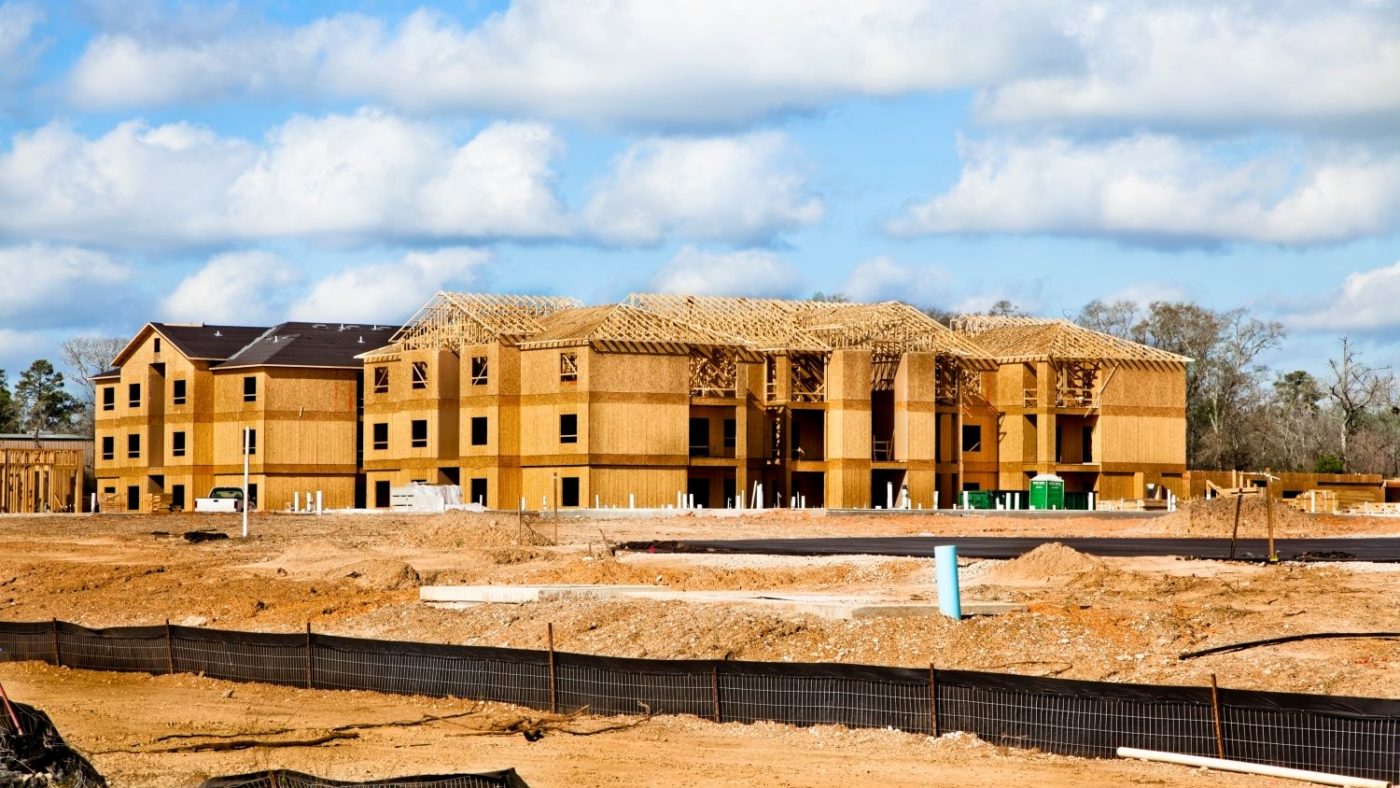What Are Construction Productivity Claims?
Construction productivity claims usually involve a contractor’s argument that the actions or inactions of a project party have adversely affected its productivity rate. A claim analyst must gain a thorough understanding of the consequences of those actions or inactions as well as insight into the circumstances under which the claim arose. That insight – or causation – can be defined as the reason behind a plaintiff’s claim that a defendant’s actions or inactions resulted in delays or damages. To conduct an in-depth analysis of these types of claims, all factors influencing productivity, along with the inter-relationships and cause-and-effect associations between two or more of those factors, need to be identified. In addition, the impact resulting from each factor must be evaluated within the larger scheme of events.
What is Required to Prove Causation in a Productivity Claim?
In construction productivity claims, as well as other construction claims, plaintiffs must identify and properly demonstrate the direct cause of alleged delays or disruptions. Furthermore, the extent of any impact should be justified based on existing evidence. Demonstrating the causes of impacts is often more challenging in construction productivity claims than in typical construction delay claims due to the higher levels of complexity involved in productivity claims. Causal maps, also known as cause-and-effect diagrams, are useful in developing an appropriate problem structure for construction claims.
Common Deficiencies when Proving Causation of Productivity Loss Claims
Common deficiencies when proving causation of productivity loss claims include failures to:
- separate contractor-and owner-caused impact on productivity measures. A contractor cannot ignore its own impact on its ability to perform work at the planned productivity rate.
- demonstrate that the loss of productivity occurred as a result of events that were unforeseeable prior to the occurrence of the impact on productivity.
- provide contemporaneous evidence of alleged productivity-decreasing events or their effects.
It is important to note that expert-opinion testimony concerning the impact and the extent of lost productivity does not waive any of the above-referenced requirements; testimonies are most effective when supported by other facts, contemporaneous evidence, and proofs.
While project schedules alone cannot prove lost productivity since schedules do not demonstrate root causation, they can facilitate the process of fact-finding by offering planned and actual sequences along with illustrating dependencies among project activities. As a result, the failure of a contractor to present reliable and valid schedules may complicate the process of root-cause analysis of lost productivity claims.
Construction Productivity Claim Takeaways
In summary, to successfully overcome the challenges of proving causation in productivity claims:
- Plaintiffs in construction productivity claims must be able to provide proof that certain events had an essential role in causing lost productivity.
- Detailed and thorough contemporaneous project records are essential in proving that lost productivity resulted from a defendant’s actions or inactions.
- If used properly, the testimony of project team members and other experts can play an important role in demonstrating causal relationships between liability and consequential damages.
To learn more about VERTEX’s Construction Claims Consulting services or to speak with a Construction Expert, call 888.298.5162 or submit an inquiry.




